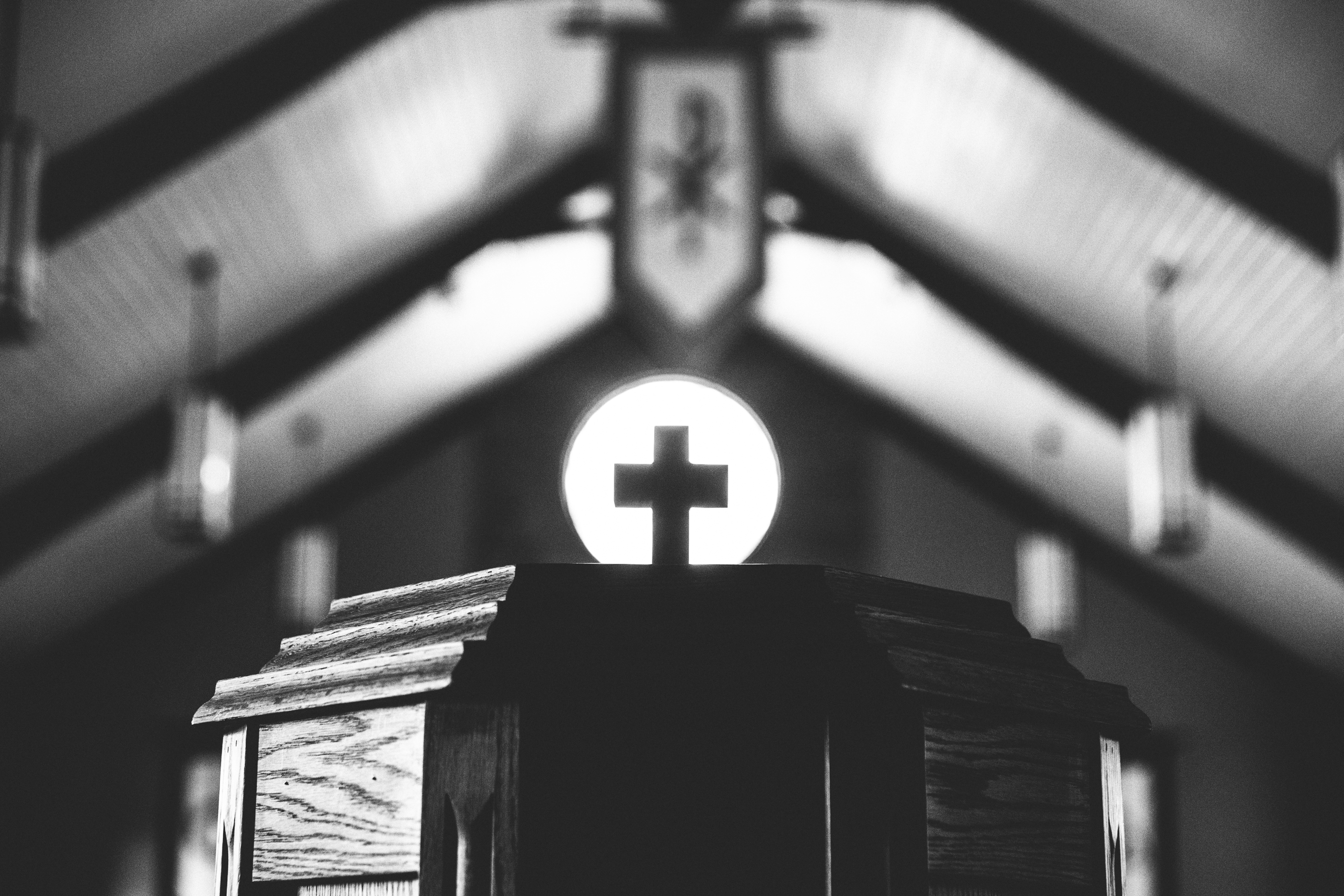Think of the layout of a medieval city. The church is at the center of town and the steeple is its high point. The church's position as society's center and summit is represented geographically and architecturally. But this does not mean the church is the only sphere that matters; they did not try to cram everything into the church building, so to speak. Fanning out from that central location were homes where families lived, shops and fields where people worked, schools where they were educated, and, yes, even a castle or government building to house the civil authority. The geographic layout was symbolic - the church did not control or rule these other spheres, but she was responsible to disciple them and they all found their end - their telos, their purpose - in the church’s worship gathering.

